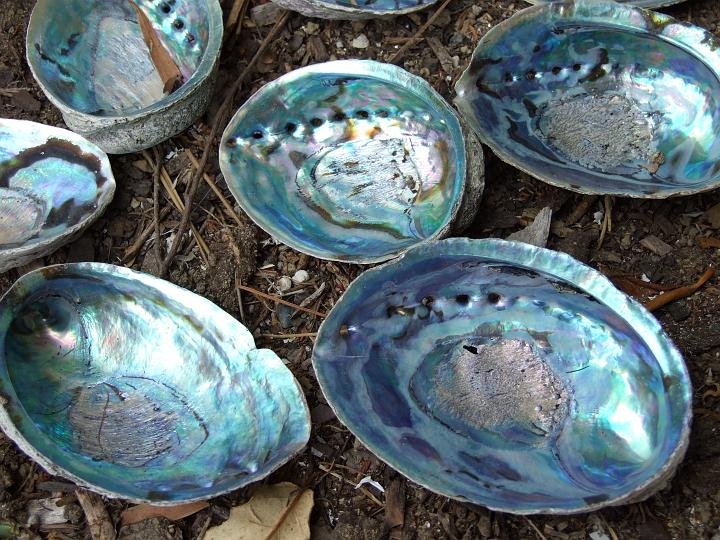|
TRANSLATIONS
Next page:
To pray (pure) at the end of the year could have its opposite at midsummer. I guess we here have the reason why Metoro said hakaturou (to blaspheme) at noon (Aa1-26). He could have thought about the word turu, which in Hawaiian was kulou. To turn (turu) and to pray (pure) - we can hear the echoes of the Polynesian words in the English words - may have the basic meanings to turn down respectively to look up. When you pray, you look up to the powers above, when you become disgusted with them you turn your back and look to the earth instead for answers. There are no pure glyphs in G. Maybe the glyph type had not yet been invented. In Tahua there are 18, 12 of which are 'pure':
Next page is the last one in the 'Excursion':
The four stations used for coordinating the texts of A and G are certainly important cardinal points. It is not certain that the rest of the kuhane stations (in G and beyond) are documented in A. These four stations are distributed unevenly over the year. All refer to the 2nd half of the cycle. The 1st half of the cycle is more difficult - the kuhane moved against her natural dispostion (from west to east), and the text on side a of G is difficult to understand with the order being half withershins, half with the sun. I intend to here (not in the glyph dictionary - at least not under vae kore) try to extend the points of coordination, beginning with the rest of the kuhane stations on side b of G. Doubting, for a moment, if really Ab1-18 had anything to do with Hanga Te Pau, I decided to add a page by hyperlink from the previous page: ... A pure glyph is expressing the 'empty shell' and is at least as good a sign as pau for the fact that old sun has left. The shape is created by two bent henua, which here will represent two half years."
|
||||||||||||||||||||||||||||||||||||||||||||||||||||||||||||||||||||||||||||||||||||||||||||||||||||||||||||||||||||||||||||||||||||||||

















